The EU market is becoming increasingly attractive to major Chinese electric vehicle (EV) producers, and this is reflected in the opening of new factories and dealerships that are creating thousands of jobs.
The numbers are impossible to ignore. The automotive industry generated nearly $2 trillion in gross added value in Europe last year, and technology and vehicle exports contributed $620 billion. According to McKinsey’s projections, electric mobility could add between $240 and $300 billion more in added value in after-sales support and services annually by 2035.
And all of this is important because it is not just a matter of figures. It is jobs, it is prosperity and it is an opportunity for Europe to maintain or recover a part of the industry that seemed, until now, condemned to loss due to high labor costs, the high price of energy consumed by factories and the absence of subsidies comparable to those that, for example, China has used for its photovoltaic sector and its sustainable mobility industry, to compensate for the bursting of its real estate bubble.
The relationship between China and the EU on sustainable mobility is often seen as a zero-sum affair. This explains why EU tariffs on Chinese electric vehicle imports quadrupled to 45.3% at the end of October, triggering a diplomatic crisis.
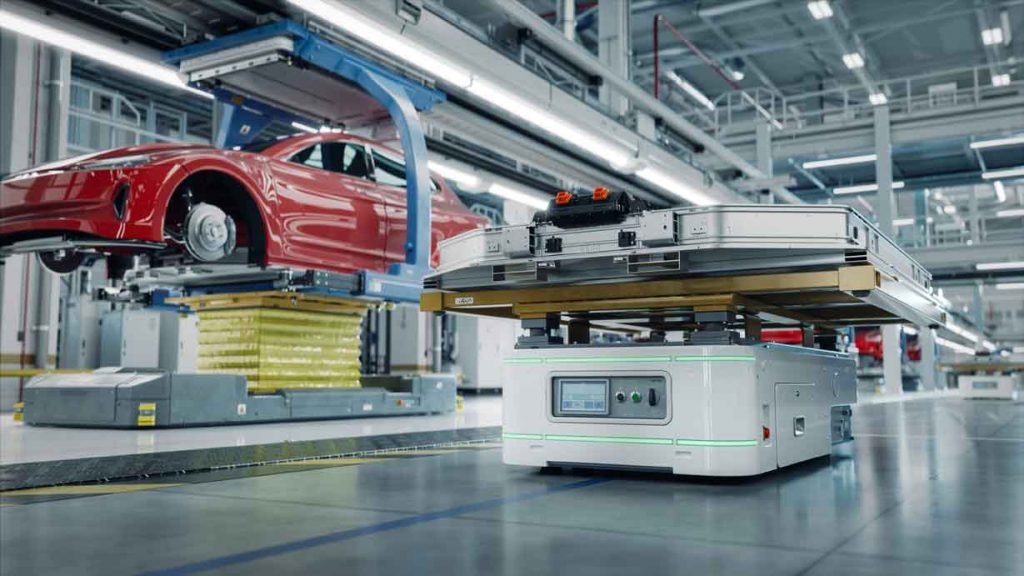
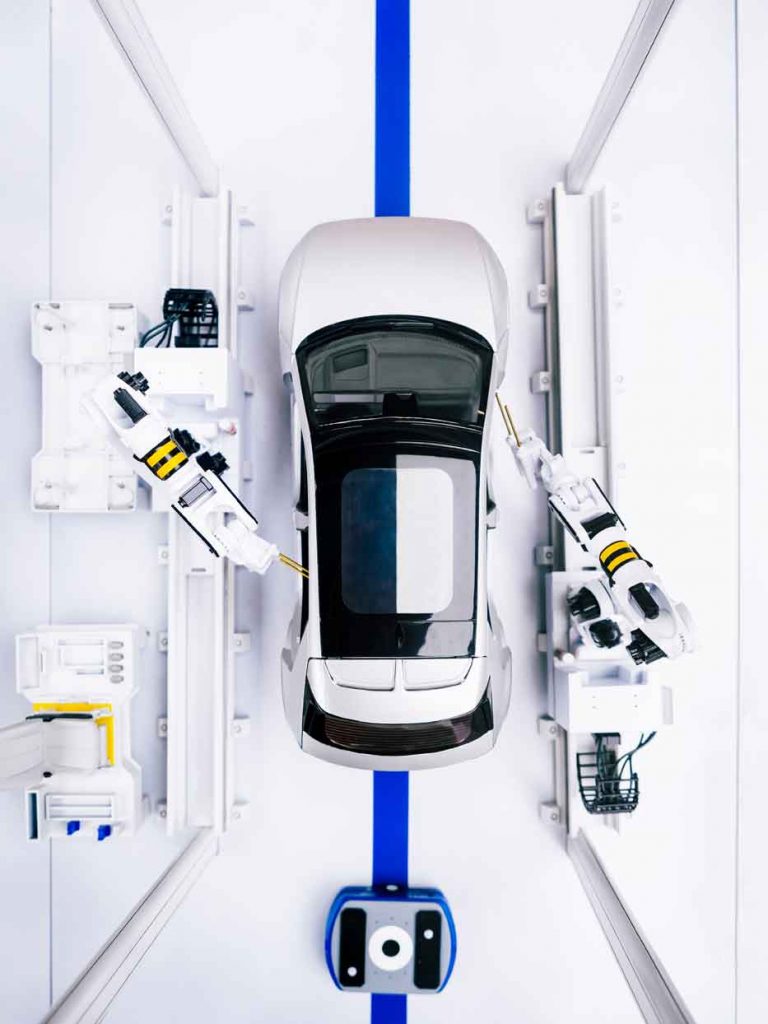
The European Commission imposed them because it believes that companies from the world’s second largest economy have received enormous aid and that this could lead them to redirect millions of cars that they cannot sell in their oversaturated domestic market to the Old Continent.
And tensions have soared in Beijing not only because the Chinese are producing far more than their domestic customers can consume, but because they need to sell more than ever in Europe – now that the US has quadrupled tariffs on EVs imported from China to 100%.
In any case, at least with the EU, the debate does not have to be presented as a zero-sum game where there are only absolute winners and losers. And the reasons are quite apparent. For a start, the big brands of the world’s second largest economy are already opening factories and dealerships in Europe (generating employment and facilitating the ecological transition). In addition, they have encouraged some of the European automotive giants to innovate by allying or competing with them with the same intensity as they did before with their Japanese and South Korean rivals.
Chery Auto, China’s largest car manufacturer by export volume, has opened its first European manufacturing center in Catalonia, together with Spain’s Ebro-EV Motors. There they plan to produce 50,000 vehicles in 2027 and 150,000 in 2029 at the former Nissan facilities in the Zona Franca in Barcelona, generating around 1,250 jobs, with a public-private investment of €400 million.
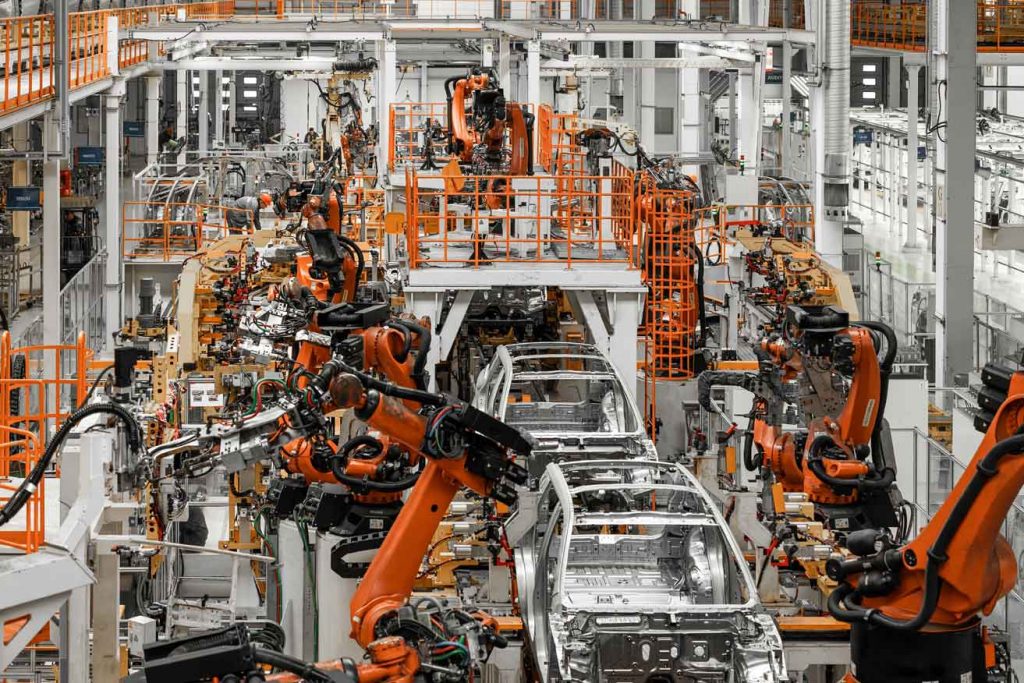
BYD, the Chinese multinational and the world’s largest EV manufacturer, is already launching its first manufacturing and production center in Hungary and is planning to open a second factory on the Old Continent in the coming months. In addition, BYD has 270 dealerships with hundreds of sellers in Europe.
Stellantis has a 51% stake in an international joint venture with China’s Leapmotor and has exclusive rights to manufacture, export and sell Leapmotor products outside China. The joint venture began selling its Chinese models in Europe in the fall through 200 Stellantis dealers and, according to Reuters, has already built one of its models in Poland and is preparing to produce another in Germany and Slovakia.
The Chinese company SAIC (MG), for its part, wants to open its first factory in Europe. More specifically, Leo Zhang Hongze, CEO of MG in Spain and Portugal, acknowledged in October that “Spain is one of the best options” for the Chinese automotive giant’s first factory in the Old Continent.
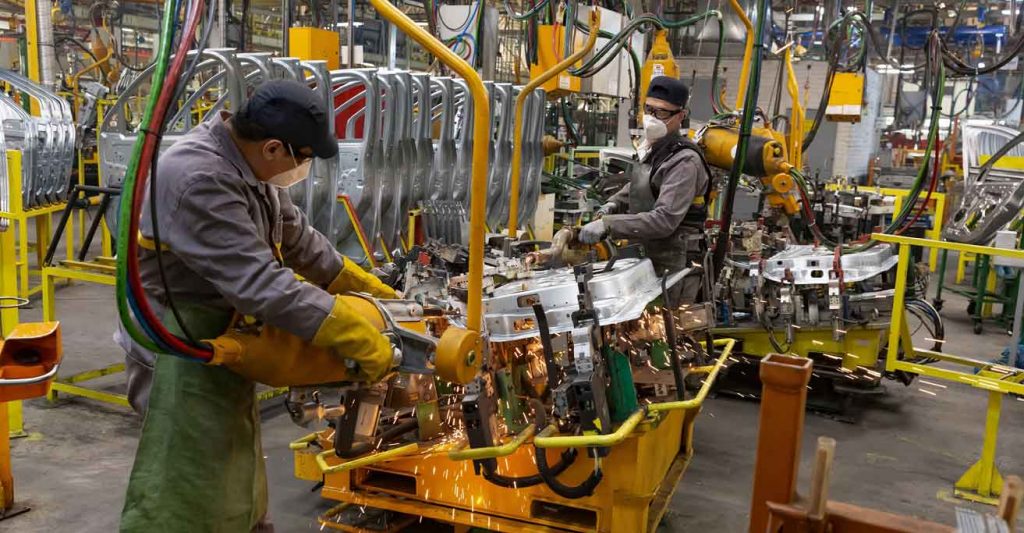
Decisions and negotiations
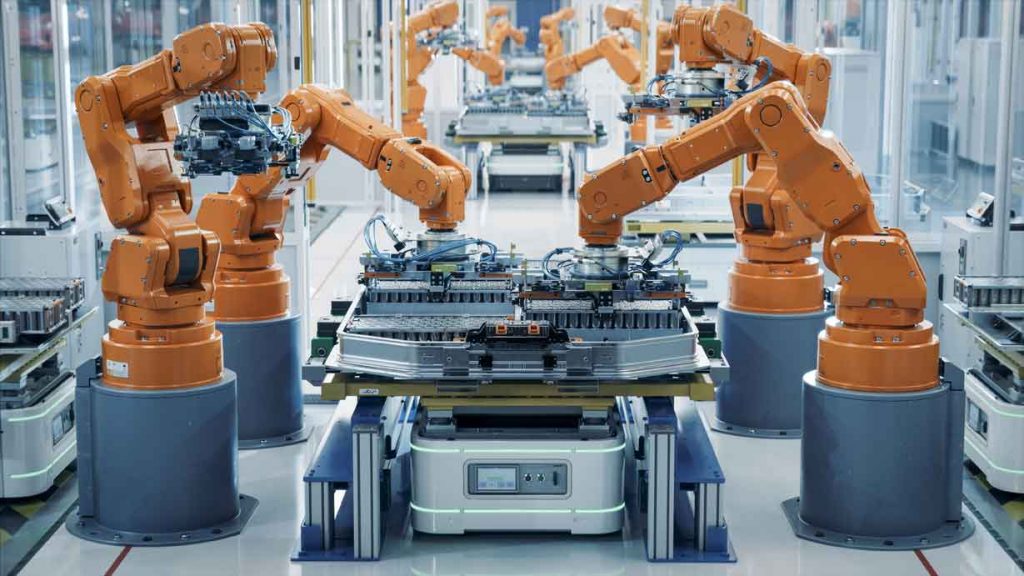
Other major EV brands from the world’s second-largest economy that are considering opening production plants in Europe include XPENG, Geely, Gac and Great Wall, although it is true that uncertainty over negotiations between Brussels and Beijing regarding the level of tariffs that Chinese EVs should bear is delaying and hindering many business decisions.
This is because opening a factory in Europe to avoid 10% export tariffs is not the same as doing so to avoid tariffs four times higher, which some consider disproportionate and which can make it difficult to import components. On the other hand, everything seems to indicate that substantial progress is being made in the negotiations, although there are still important aspects to be finalized. The EU has proposed replacing tariffs with a minimum sales price for EVs from the Asian giant.
So it doesn’t seem like bad news that Stellantis and China’s CATL announced in December that they were going to jointly build a large-scale €4.1 billion lithium iron phosphate battery plant in Spain, which would come into operation at the end of 2026. Batteries are one of the essential components of EVs and, according to Bloomberg, it is no longer a secret that European firms in the sector are having serious problems innovating and being profitable.
For all these reasons, it is undeniable that collaboration is one of the most important and least appreciated aspects of the competition between China and European automotive brands for the sustainable mobility market in Europe. Another aspect that is not often taken into account is that, with solid industrial and commercial policies supporting EU brands and a commitment by the latter to innovation and intensive electrification of their fleets, a “full potential scenario” can be achieved, according to McKinsey.
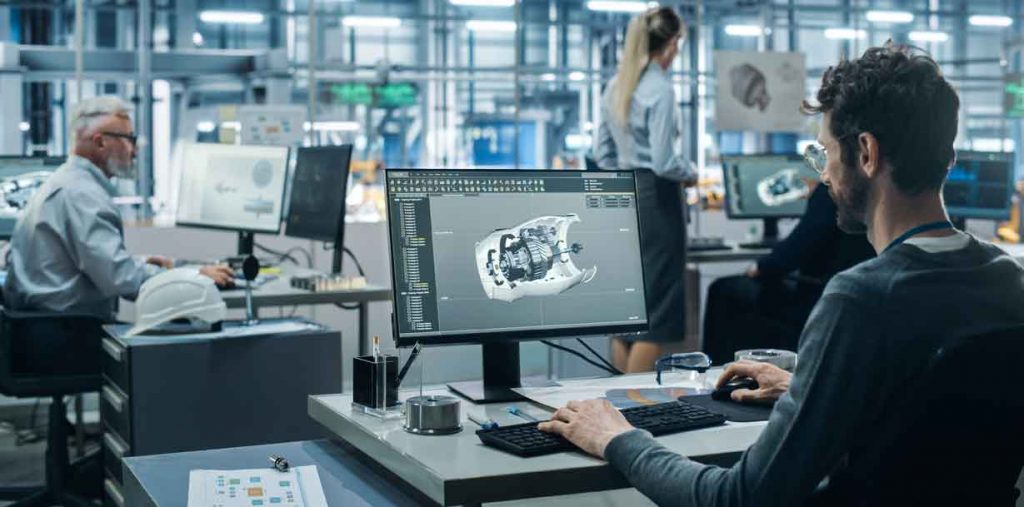
And here we are talking about a scenario where the consultancy expects European automotive equipment manufacturers to limit the decline in gross added value from their production, distribution and marketing to around €130 billion… which would be more than offset by the arrival of €300 billion thanks to the value of new after-sales services related to electric vehicles. This scenario is not impossible, considering that, of the ten largest EV producers in the world, four (VW, Stellantis, BMW, Mercedes-Benz) are already European.
In addition, the EU has set itself very ambitious targets for sustainable mobility, which require that EV prices be brought down sharply, according to the European Court of Auditors; that at least one fifth of sales by the main EU automotive giants in 2025 be electric vehicles to avoid heavy fines; and that by 2035 all cars on the road be zero-emission.
It is a context where virtually all analysts agree that a rapid transformation is needed, well anchored in public policies and in which community car manufacturers compete and collaborate with rivals in the electric car segment not only from the United States (Tesla), but also from China, which are currently the world leaders thanks to the enormous subsidies they benefit from, their capacity for innovation and their vast domestic market.